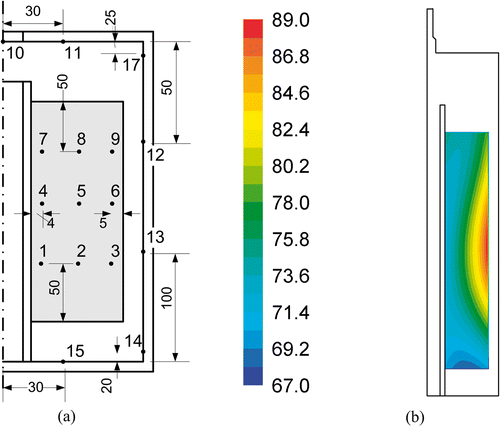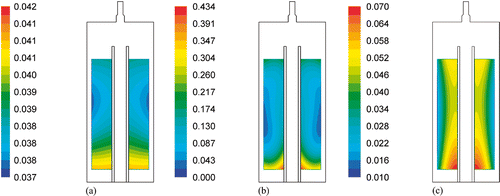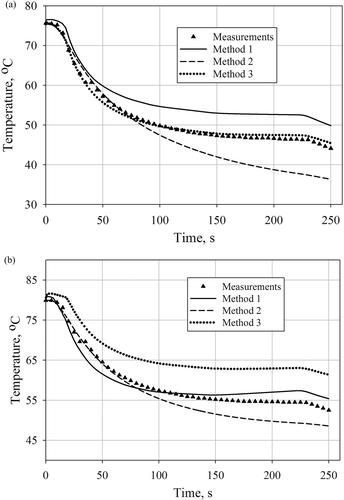Figures & data
Table 1. Values of parameters in modified Henderson sorption isotherm model.
Figure 1. Relative sensitivity coefficients of temperature field after 100 s after beginning of the vacuum period with respect to heat conduction coefficient (a), evaporation constant (b), lumped diffusion coefficient of water in paper (c) and specific heat capacity (d).
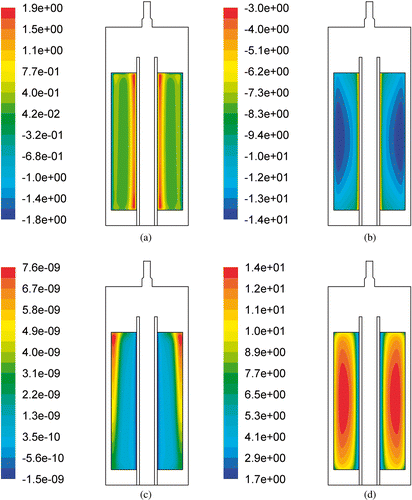
Figure 2. Parts of the paper vacuum drying experimental stand: (a) vacuum chamber and (b) paper coil with thermocouples.
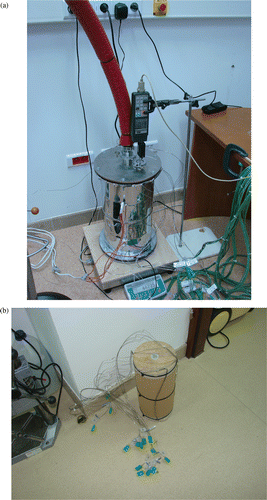
Figure 3. Thermocouples arrangement within (a) the paper coil and (b) initial temperature field. Dimensions are in millimetres and temperatures are in degrees Celsius.
